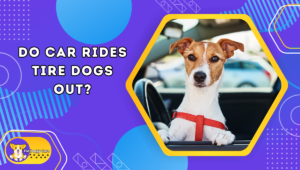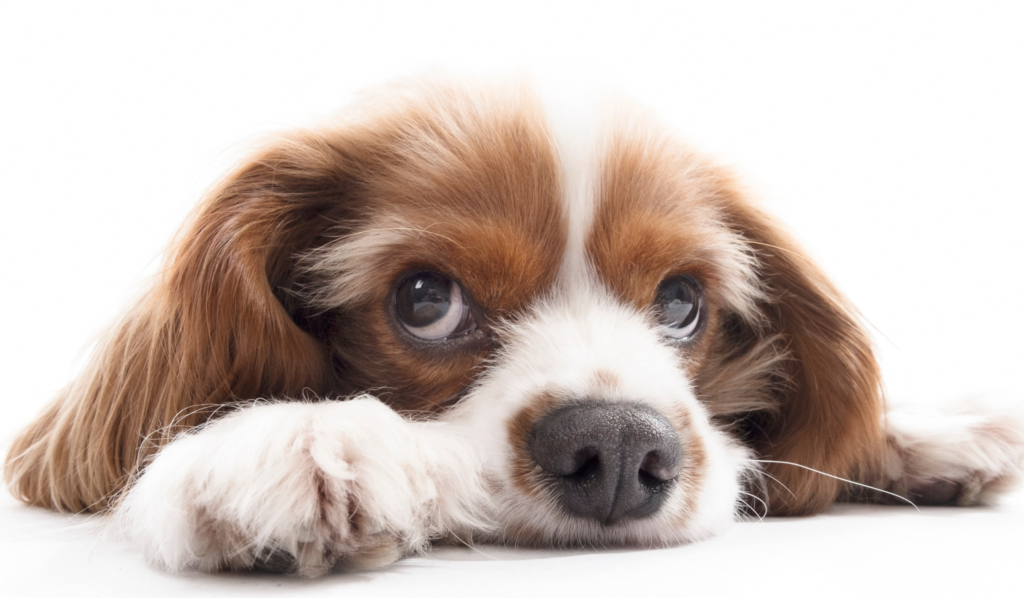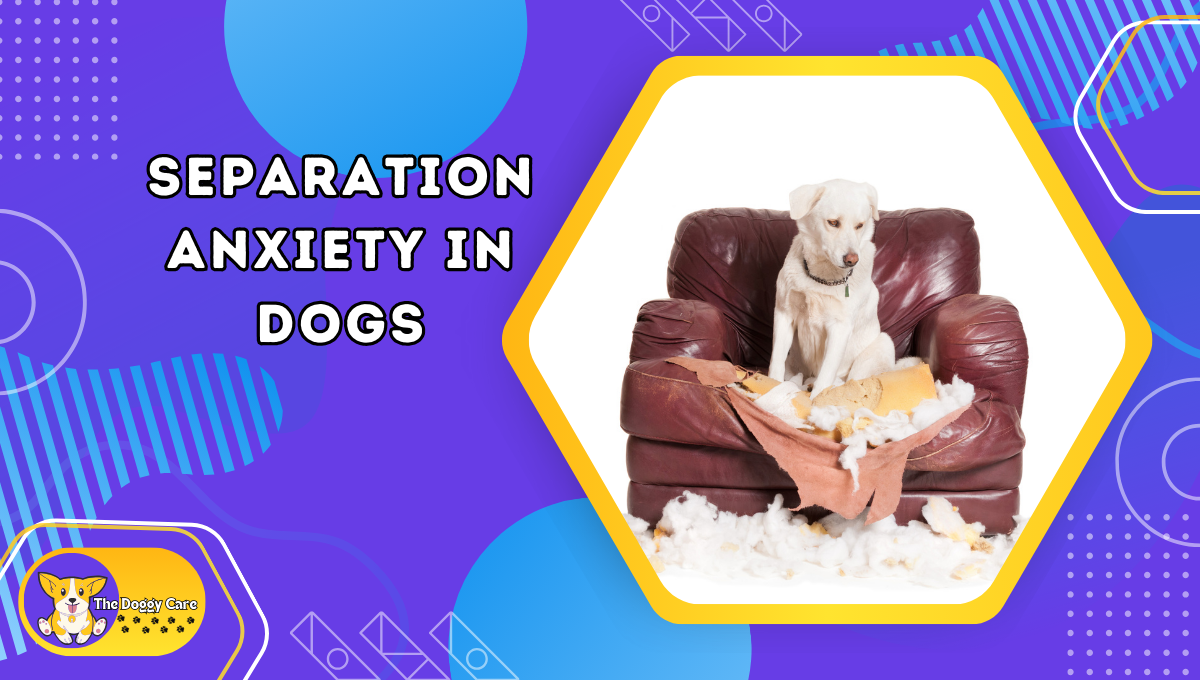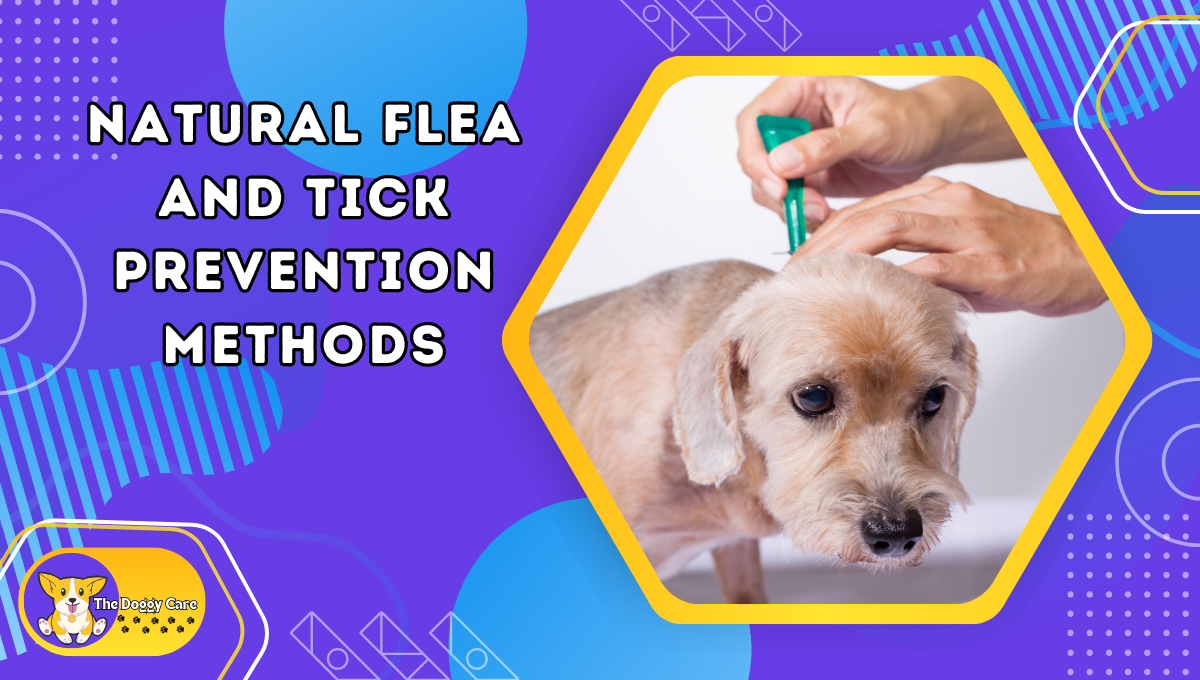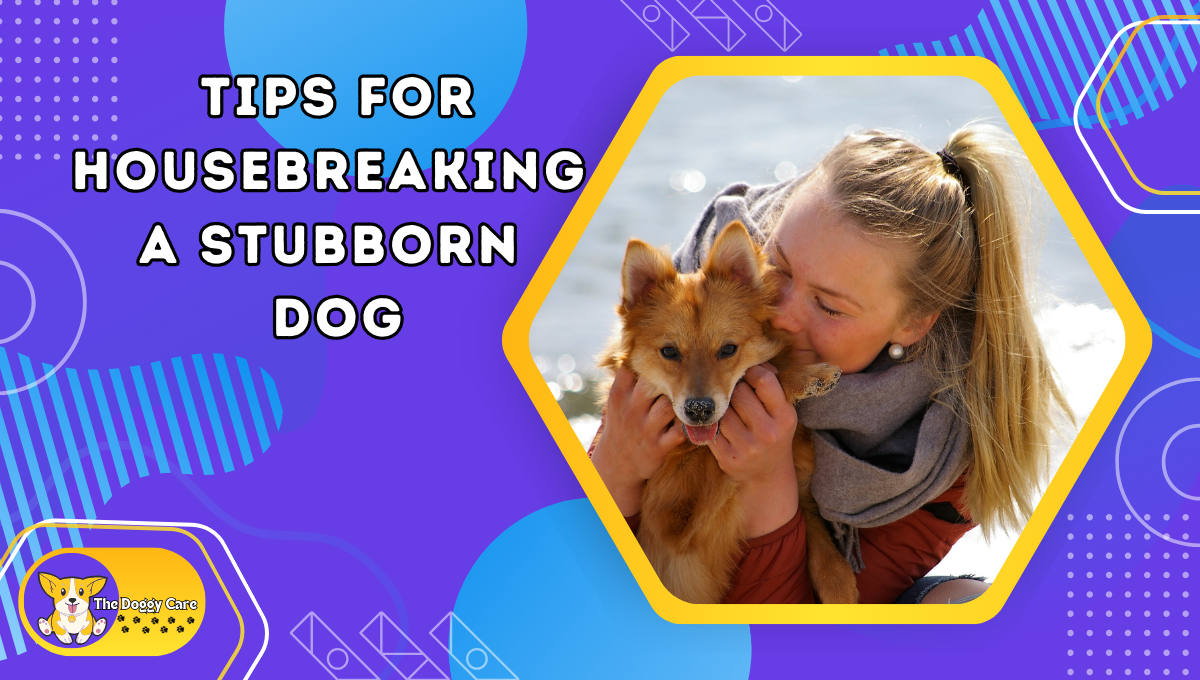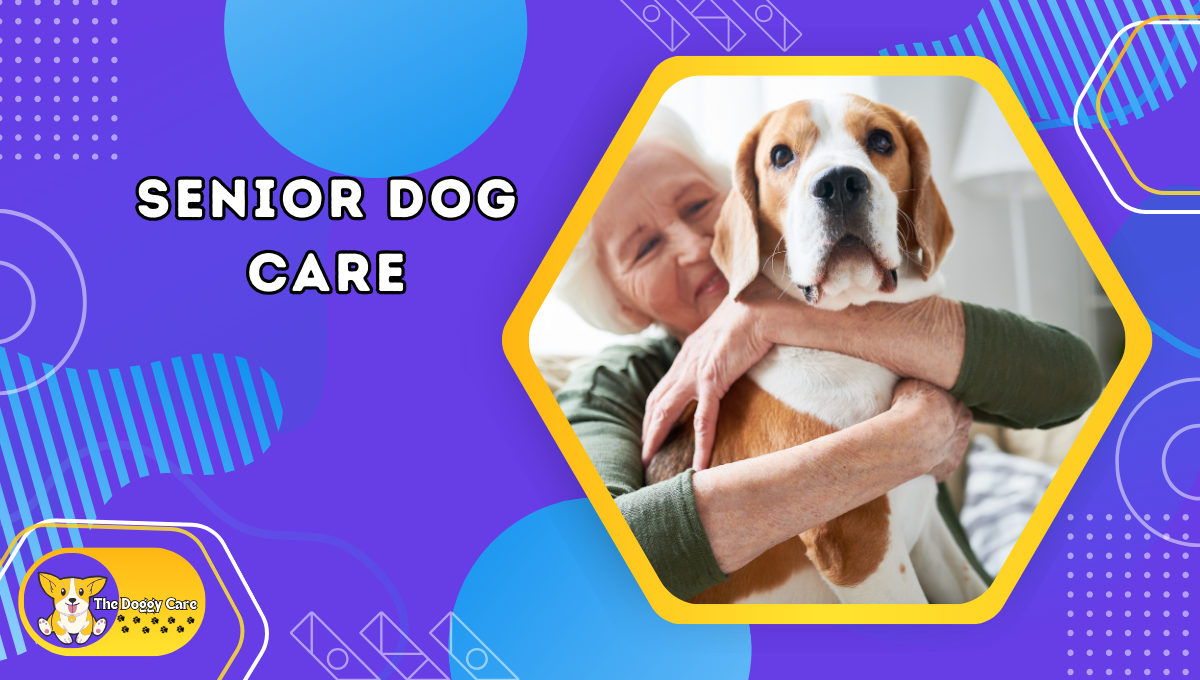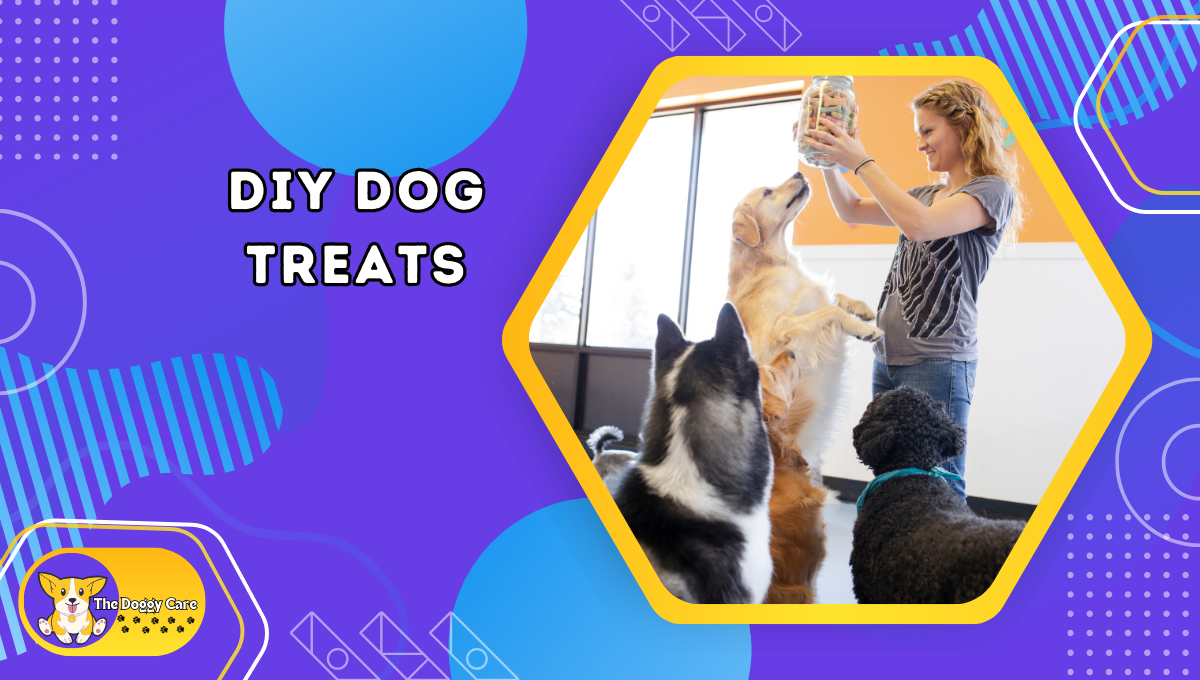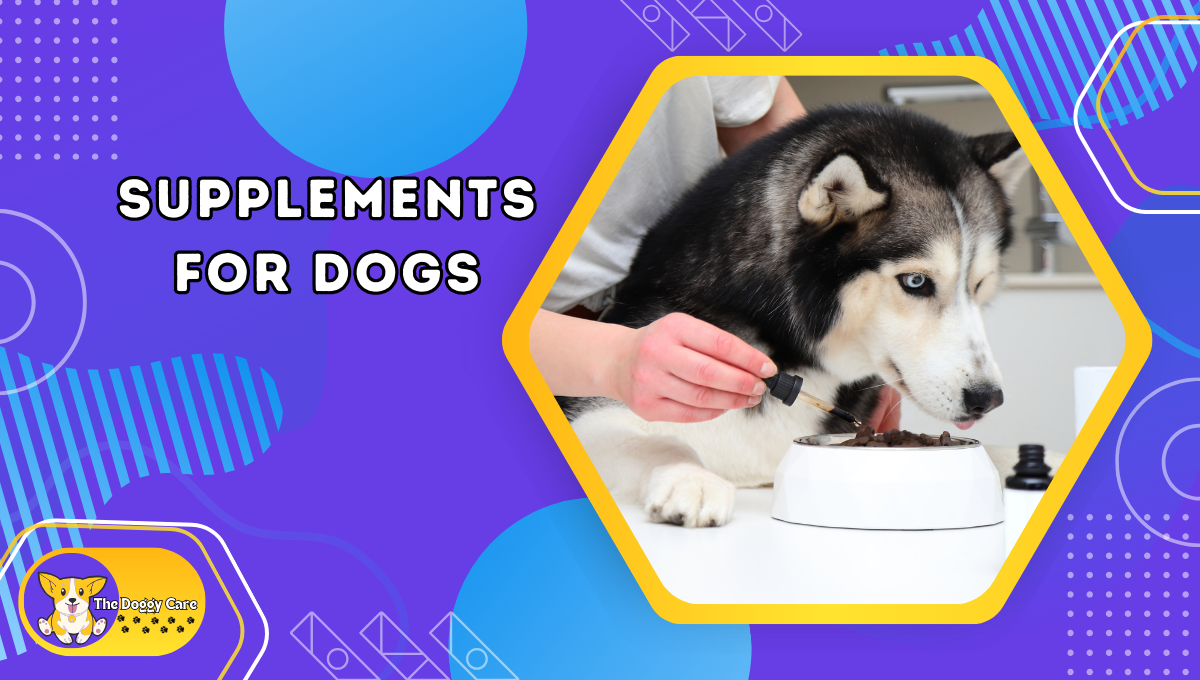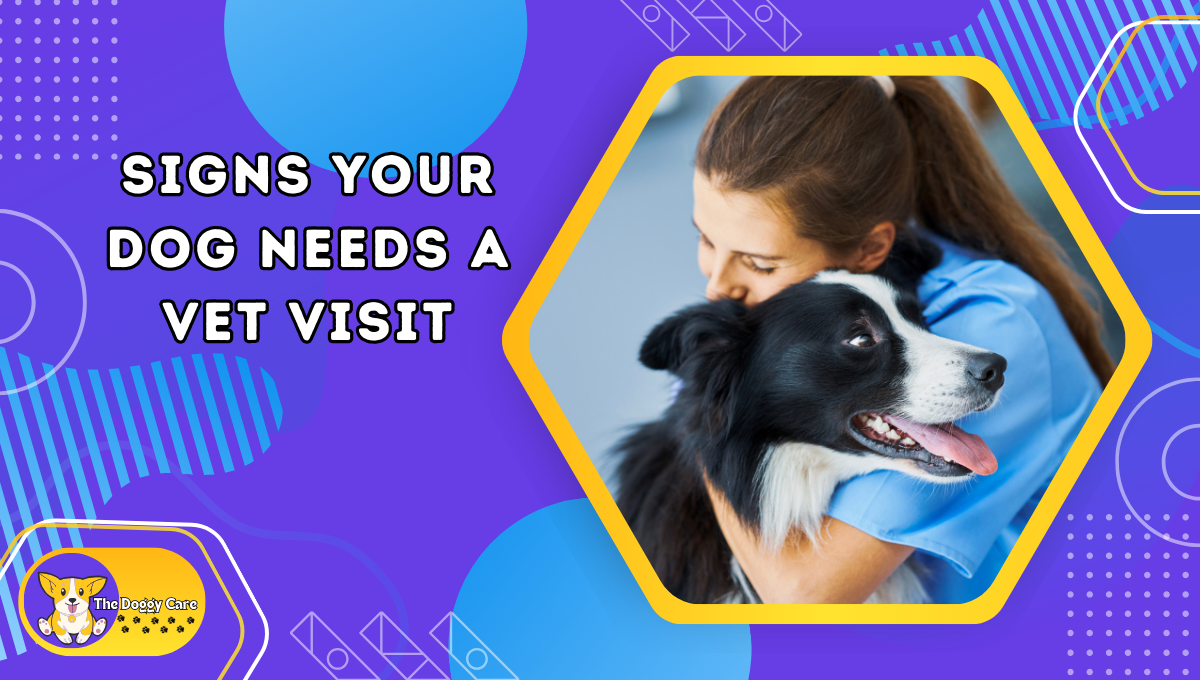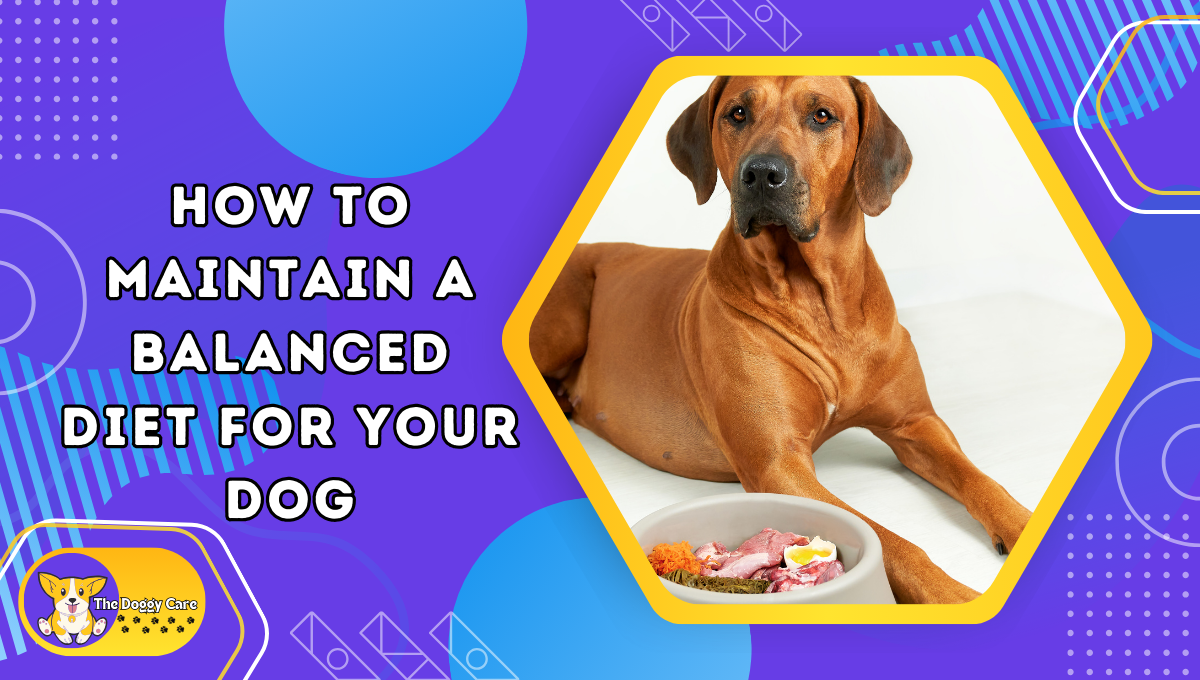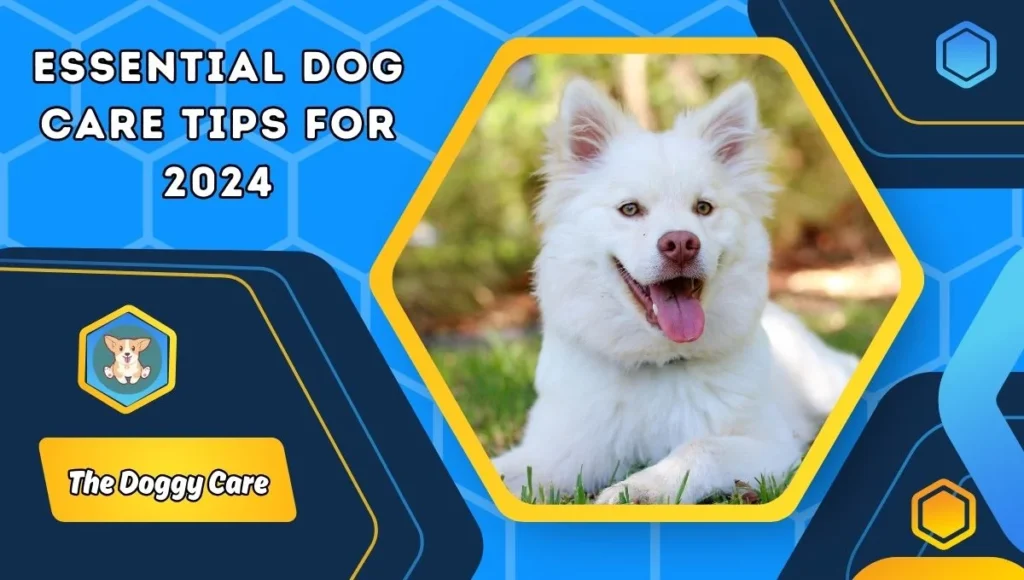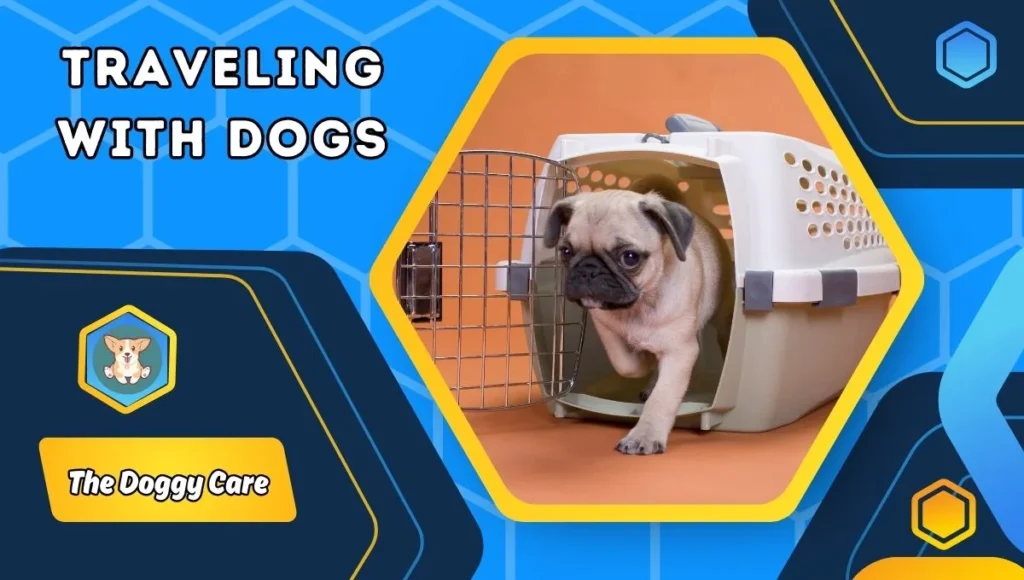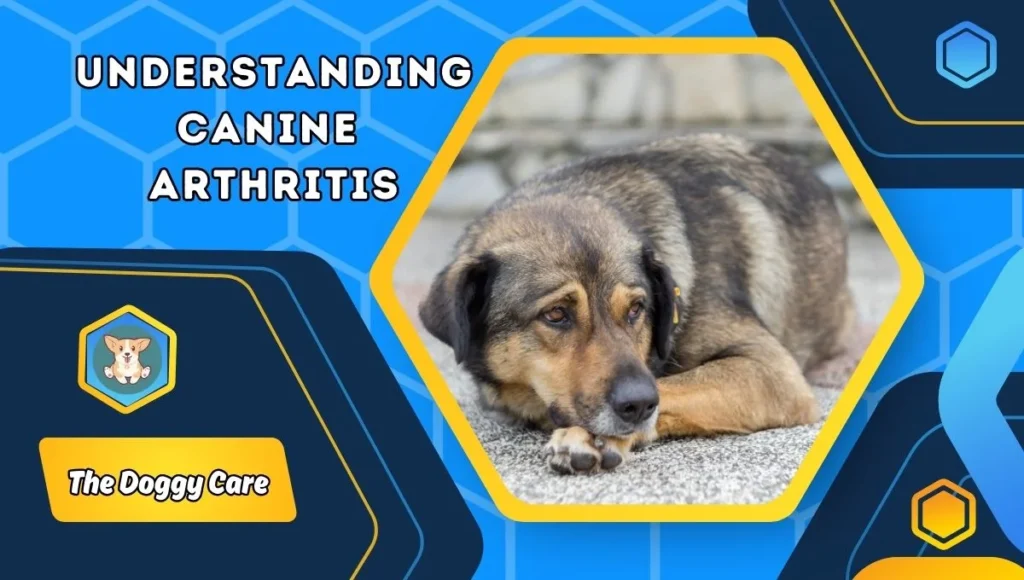Transporting a large dog in a car can be a challenging task for many pet owners.
Whether you’re planning a trip to the vet, a park, or even a road trip, knowing how to get your large dog into the car safely and comfortably is crucial.
Not only does it ensure the safety of your furry friend, but it also makes the process less stressful for both of you. Let’s dive into some effective strategies to make car travel with your large dog a breeze.
Contents
- 1 Preparing Your Dog for Car Travel
- 2 How to Get a Large Dog into a Car?
- 3 Choosing the Right Vehicle
- 4 Using a Ramp or Steps
- 5 Lift-and-Carry Techniques
- 6 Using a Dog Harness
- 7 Creating a Comfortable Space in the Car
- 8 Handling Anxiety and Stress
- 9 Travel Safety Tips
- 10 Health Considerations
- 11 Loading Techniques
- 12 Emergency Situations
- 13 Regular Practice
- 14 Troubleshooting Common Problems
- 15 FAQs
- 16 Conclusion
Preparing Your Dog for Car Travel
Familiarizing Your Dog with the Car
Before attempting to load your large dog into the car, it’s essential to get them comfortable with the vehicle itself. Start by allowing your dog to explore the car while it’s parked. Open the doors and let them sniff around, climb in and out, and become familiar with the space. This initial step can significantly reduce anxiety.
Training Basics for Car Travel
Training your dog to associate the car with positive experiences can make a huge difference. Use treats, praise, and short trips to build a positive association. Gradually increase the length of the trips as your dog becomes more comfortable.
How to Get a Large Dog into a Car?
To get a large dog into a car, start by familiarizing your dog with the vehicle. Use treats and positive reinforcement to encourage them.
Employ a sturdy ramp or steps to make the entry easier, especially for older or heavier dogs.
Ensure your dog wears a secure harness for safety. Create a comfortable space in the car with non-slip mats or a dog seat cover.
Regular practice and short trips can help reduce anxiety and build confidence. If lifting is necessary, use proper techniques to avoid injury.
Choosing the Right Vehicle
Features to Consider in a Dog-Friendly Car
When it comes to transporting a large dog, not all vehicles are created equal. Look for cars with low floors, wide doors, and ample interior space. SUVs, wagons, and minivans are often ideal due to their spaciousness and ease of access.
Modifications for Comfort and Safety
Consider making modifications such as installing a dog barrier, using a rear seat protector, or adding non-slip mats. These enhancements can make the car more comfortable and safer for your large dog.

Using a Ramp or Steps
Benefits of Ramps and Steps
Ramps and steps are invaluable tools for helping large dogs get into cars without straining themselves or you. They are especially useful for older dogs or those with mobility issues.
How to Choose the Right Ramp or Steps
When selecting a ramp or steps, consider the weight capacity, length, and surface grip. Ensure it’s sturdy and wide enough to accommodate your dog’s size.
Training Your Dog to Use a Ramp
Introduce the ramp or steps gradually. Start by placing the ramp flat on the ground and encouraging your dog to walk on it. Once they are comfortable, slowly increase the incline until it reaches the car.
Lift-and-Carry Techniques
Proper Lifting Techniques
If lifting your dog is necessary, use proper techniques to avoid injury. Stand close to your dog, squat down, and lift with your legs, keeping your back straight. Cradle your dog under their chest and hindquarters to distribute their weight evenly.
Safety Tips for Both You and Your Dog
Ensure your dog is calm before lifting to prevent sudden movements. If your dog is particularly heavy or difficult to lift, consider enlisting help to avoid strain or injury.
Using a Dog Harness
Types of Dog Harnesses
A harness provides better control and safety compared to a collar. Look for harnesses designed for car travel, which typically feature padded straps and a secure fit.
How to Properly Fit a Harness
Ensure the harness fits snugly but not too tight. You should be able to fit two fingers between the harness and your dog’s body. Adjust the straps for comfort and security.
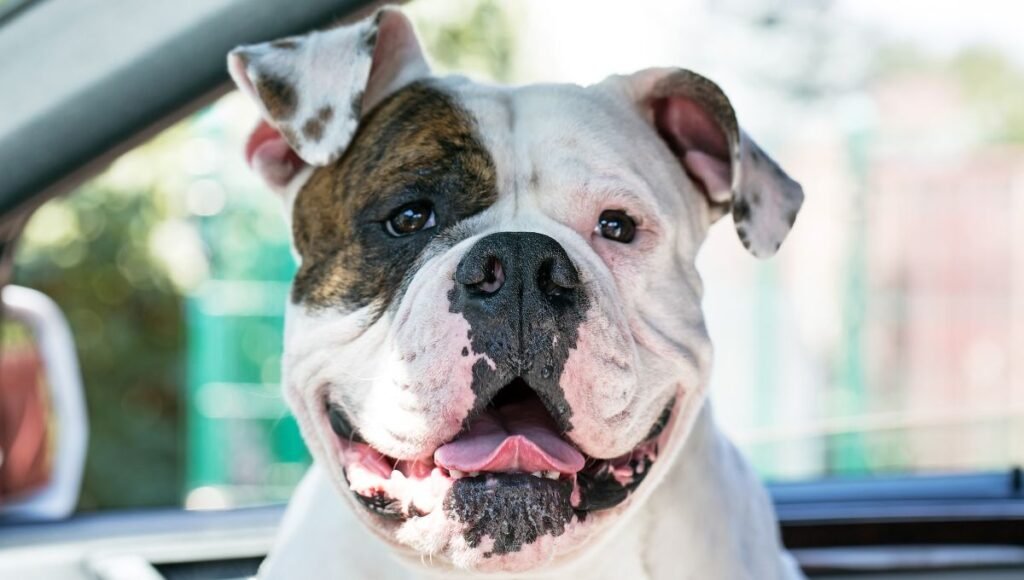
Creating a Comfortable Space in the Car
Setting Up a Safe Area for Your Dog
Designate a specific area in the car for your dog. Use a crate, pet barrier, or dog seat cover to create a confined, comfortable space. This setup prevents your dog from moving around and keeps them safe.
Using Dog Car Seats and Seat Belts
Dog car seats and seat belts are excellent for securing your dog. These products restrain your dog while providing comfort and reducing the risk of injury during sudden stops.
Handling Anxiety and Stress
Signs of Car Anxiety in Dogs
Common signs of car anxiety include panting, drooling, whining, and restlessness. Identifying these signs early can help you take steps to alleviate your dog’s stress.
Techniques to Reduce Anxiety
Use calming aids like pheromone sprays, anxiety wraps, or soothing music. Additionally, frequent stops and breaks can help your dog acclimate to car travel.
Travel Safety Tips
Keeping Your Dog Secure
Always secure your dog using a crate, harness, or pet seat belt. This not only keeps them safe but also prevents distractions while driving.
Regular Breaks and Hydration
During long trips, take regular breaks to allow your dog to stretch, relieve themselves, and hydrate. This prevents discomfort and keeps them relaxed.
Health Considerations
Consulting Your Vet
Before embarking on a long journey, consult your vet to ensure your dog is fit for travel. Discuss any concerns, especially if your dog has health issues or is on medication.
Health Checks Before Long Journeys
Perform a basic health check on your dog, including their nails, ears, and overall condition. Ensure they are up-to-date on vaccinations and parasite prevention.
Loading Techniques
Using Treats and Toys
Use treats and favorite toys to encourage your dog to enter the car willingly. Positive reinforcement makes the process enjoyable and reduces resistance.
Positive Reinforcement Methods
Praise your dog enthusiastically when they enter the car. Consistency is key, so make sure to reward them every time they cooperate.
Emergency Situations
Preparing for Emergencies
Always be prepared for emergencies by keeping a first aid kit, water, and your vet’s contact information in the car. Knowing what to do in case of an emergency can be lifesaving.
First Aid Kits and Emergency Contacts
Pack a pet-specific first aid kit that includes bandages, antiseptic wipes, and any necessary medications. Keep emergency contact numbers handy for quick access.
Regular Practice
Importance of Routine
Routine car trips help your dog become accustomed to travel. Regular practice sessions reduce anxiety and build confidence over time.
Gradual Increase in Travel Time
Start with short trips and gradually extend the duration. This gradual increase helps your dog adjust to longer car rides without becoming stressed.
Troubleshooting Common Problems
Refusal to Enter the Car
If your dog refuses to enter the car, don’t force them. Instead, use patience and positive reinforcement to encourage them. Sometimes, simply taking a break and trying again later can help.
Overcoming Motion Sickness
Motion sickness can be a major hurdle. To combat this, avoid feeding your dog right before the trip and consult your vet about possible remedies or medications.
FAQs
How can I calm my dog during car rides?
To calm your dog during car rides, try using calming aids like pheromone sprays, anxiety wraps, or playing soothing music. Frequent breaks and creating a comfortable space can also help.
What should I do if my dog gets car sick?
If your dog gets car sick, avoid feeding them right before travel, provide plenty of fresh air, and consult your vet about possible remedies or medications.
Are there specific cars that are better for large dogs?
Yes, cars with low floors, wide doors, and ample interior space, like SUVs, wagons, and minivans, are generally better suited for large dogs.
How often should I stop during long trips?
During long trips, it’s recommended to stop every 2-3 hours to allow your dog to stretch, relieve themselves, and hydrate.
What should I pack for my dog’s car trip?
Pack essentials like a first aid kit, water, a bowl, your dog’s favorite toys, treats, a leash, and any necessary medications for your dog’s car trip.
Conclusion
Getting a large dog into a car doesn’t have to be a daunting task. With the right preparation, training, and tools, you can make the process smooth and stress-free. Remember to always prioritize your dog’s comfort and safety, and don’t hesitate to seek professional help if needed. Happy travels with your furry companion!






